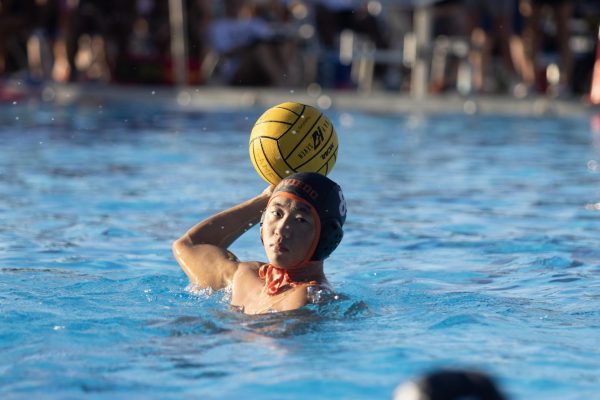Mental health education struggles to reach students
Students, Eric Esquivel, 11, and Hunter Fuehrer, 10, complete their monthly mental health Nearpod for February.
Mental health care has been stigmatized for centuries. Families avoid it at the dinner table, bosses dismiss its importance, and educators gloss over it in school settings – but within recent years, society has begun to embrace the previously forbidden concept.
Rather than past tortuous forms of treatment like cruel electroshock therapy and forcing the depressed into convoluted insane asylums, people are now normalizing practical talk therapy and psychiatric care. This includes the discussion of it being brought into classrooms, though many students are against the current approach schools have taken.
“The school mental health training lacks an emotional side to it,” said junior Grace DeCoursey. “So much of it is outdated with stereotypical views, and it’s almost hypocritical of the school to preach mental health while damaging the mental health of students at the same time.”
DeCoursey added that because many students base their self-worth off of their academic achievements, it’s easy to become depressed or develop anxiety if their confidence is lost, and many teachers don’t seem to understand the sizable workload teenagers have on their shoulders. This becomes a vicious cycle and is a serious weight dragging down the mental stability of adolescence.
But the problem is rarely the teacher themself. Individual teachers aren’t always qualified or trained to be attentive to all of student matters. Mental health is an intensely complex subject and teachers have hundreds of kids that they see on a daily basis. While it’s possible for them to be more forgiving about homework assignments and many have been given the recent chaos due to the pandemic, they can’t be expected to pick up on every single student’s mental state. However, solutions are possible and attainable.
“I think they should bring in real mental health counselors and have them talk about the complex matters a Nearpod can’t cover on its own,” said junior Naman Doad. “I don’t think we should shy away from bringing in real life experiences and talking about the darker, more traumatic side of things just as much as we talk about the solutions to them.”
Bringing in professionals would be much more beneficial to students in this way. Having them available on campus is helpful, but not enough on its own. People want a more personal approach that goes beyond staring at a screen that’s providing generalized advice.
Some students think that the material is thorough enough, but agree that the method could be better executed in a way that’s accommodating for all individuals.
“The mental health training is effective in terms of what it goes over, but how it’s presented in a class could be improved upon,” said senior Louis Tocco. “They need to make it grab and keep people’s attention.”
On the other hand, there are students who desperately want and need help but are too afraid to reach out for it. The system built has made it extremely difficult for students to be honest about their feelings because they’re constantly afraid of being Baker Acted – a law which allows the involuntary institutionalization of a person at risk of potentially harming themselves or someone else.
Students are wary to open up about their traumatic experiences and what internal battles they’re fighting because of the county policies that have been mandated. The fear of being unnecessarily institutionalized holds them back from speaking to their counselor or a mental health professional, which then prevents them from receiving the help they need.
“Not all therapists are the same, but after the experience I had with a counselor, I will never be opening up about anything personal that has happened in my life,” said junior Kiana Wilkerson. “I’m afraid to seek out help because they might use my words against me and cause me harm.”
If there was a more effective system set in place, it would greatly benefit those who are struggling with their mental health. Students won’t be vulnerable in a setting where they don’t feel comfortable or safe enough to do so, which results in an influx of issues like anxiety, depression and suicide attempts.
According to America’s Health Rankings annual report, the rate of suicide in adolescence has increased to an unimaginable degree throughout recent years. It’s become the second leading cause of death among young people between the ages of ten to nineteen, making it vital to properly educate students while they’re still in that dangerous age range.
“In the last few years, the addition of district mental health counselors and workshops has been a great shift in promoting mental health awareness,” said licensed mental health therapist Crystal Conley. “That being said, I believe there is still room for growth. Many counselors are stretched thin due to the amount of money provided to the district to be utilized for mental health.”
Society may be moving in the right direction, but the main concern is whether or not it’s moving fast enough. There are teenagers out there today that are in need of psychiatric care but are terrified to receive it because of the structure behind mental health education and the unimpactful way it’s presented to them.
Now is a fragile time in any teenager’s life. They need real guidance from a professional mental health counselor that will genuinely reach and benefit them. It’s possible to achieve this, but not before adjusting the broken system.
Your donation will support the student journalists of Oviedo High School. Your contribution will allow us to purchase equipment and cover our annual website hosting and printing costs. Thank you!

![Prom king Colin Napier and queen Leah Hopkins dance the night away during the Golden Gala on April 26th. Prior to the prom, the Student Government must make many preparations over the course of months in order to ensure it goes off without a hitch. However, their work eventually pays off when it comes time for the dance. “We set up [the prom] the day before, and it’s horrible. We’re there for a very long time, and then we get our beauty sleep, and then we get ready for prom the next day,” Aubrie Sandifer said.](https://oviedojournalism.com/wp-content/uploads/2025/05/Oviedo-197-800x1200.jpg)


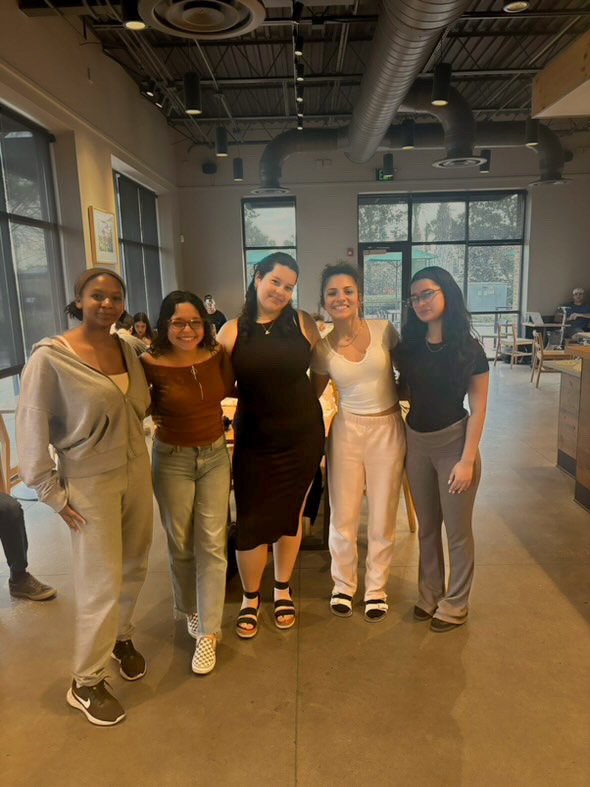



![Hopkins at Honor Grad with golf coach John McKernan. As Hopkins’ golf coach for the last two years he has seen Hopkins’ growth as a player and person along with their contributions to the team. “[Hopkins] has just been really helpful since I took [the golf team] over, just anything I wanted to do I ran by [Hopkins],” said McKernan.](https://oviedojournalism.com/wp-content/uploads/2025/05/B66A7760-800x1200.jpg)


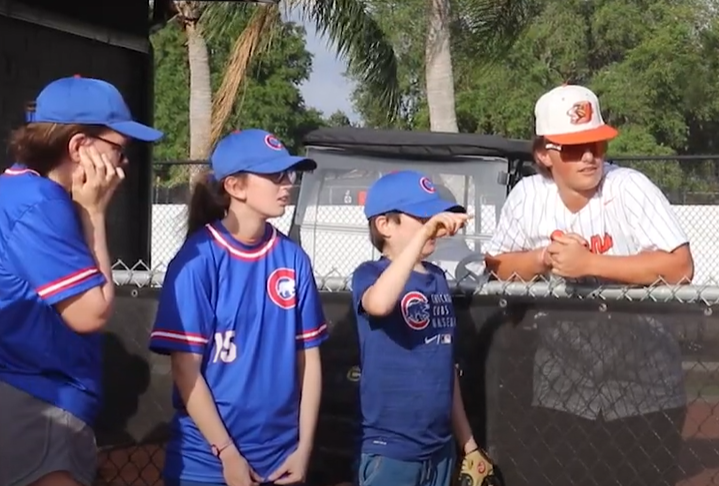












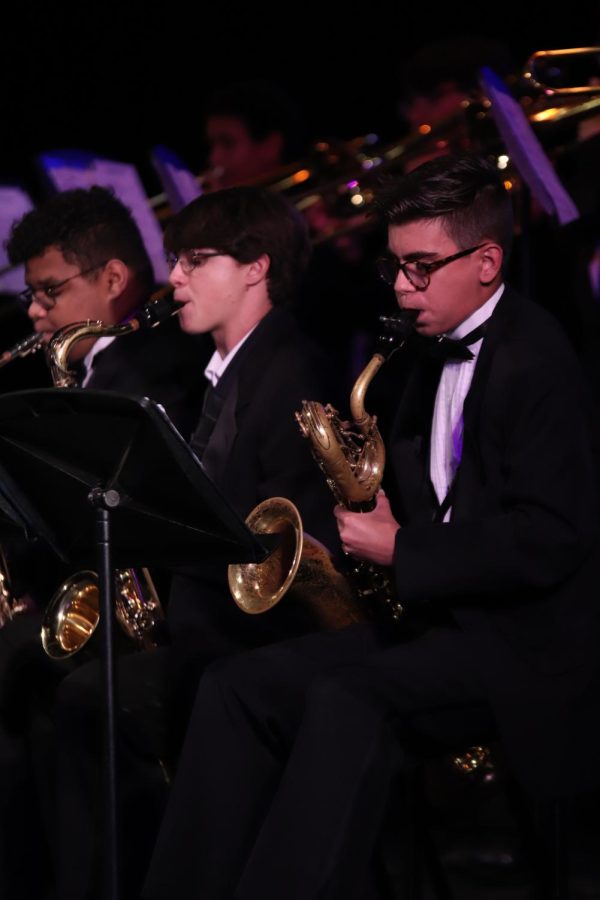










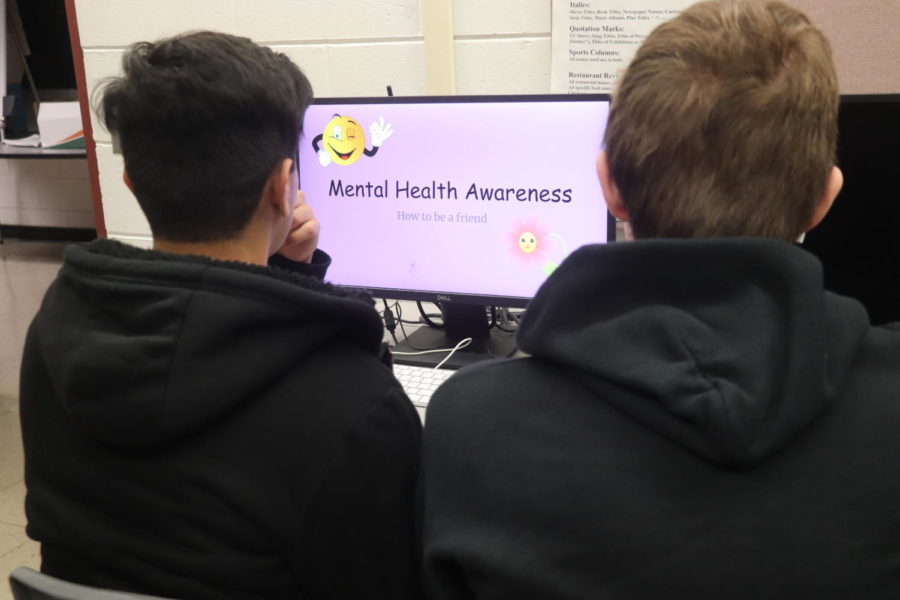
![Prom king Colin Napier and queen Leah Hopkins dance the night away during the Golden Gala on April 26th. Prior to the prom, the Student Government must make many preparations over the course of months in order to ensure it goes off without a hitch. However, their work eventually pays off when it comes time for the dance. “We set up [the prom] the day before, and it’s horrible. We’re there for a very long time, and then we get our beauty sleep, and then we get ready for prom the next day,” Aubrie Sandifer said.](https://oviedojournalism.com/wp-content/uploads/2025/05/Oviedo-197-400x600.jpg)



